Topological Aspects of Dendrimers via Connection-Based Descriptors
Muhammad Javaid,Ahmed Alamer and Aqsa Sattar,⋆
1Department of Mathematics,School of Science,University of Management and Technology,Lahore,54770,Pakistan
2Department of Mathematics,College of Science,University of Tabuk,Tabuk,7149,Saudi Arabia
ABSTRACT Topological indices(TIs)have been practiced for distinct wide-ranging physicochemical applications,especially used to characterize and model the chemical structures of various molecular compounds such as dendrimers,nanotubes and neural networks with respect to their certain properties such as solubility,chemical stability and low cytotoxicity.Dendrimers are prolonged artificially synthesized or amalgamated natural macromolecules with a sequential layer of branches enclosing a central core.A present-day trend in mathematical and computational chemistry is the characterization of molecular structure by applying topological approaches,including numerical graph invariants.Among topological descriptors,Zagreb connection indices(ZCIs)have much importance.This manuscript involves the establishment of general results to calculate ZCIs,namely first ZCI(FZCI),second ZCI(SZCI),third ZCI(TZCI),modified FZCI,modified SZCI and modified TZCI of two special types of dendrimers nanostars,namely,poly propylene imine octamin (PPIO) dendrimer and poly (propyl) ether imine (PPEtIm)dendrimer.Furthermore,we provide the numerical and graphical comparative analysis of our calculated results for both types of dendrimers with each other.
KEYWORDS Zagreb indices;zagreb connection indices;topological index;dendrimer nanostars
1 Introduction
Nanobiotechnology is a swiftly growing field of technological and analytical opportunity that applies the mechanism of nanofabrication to fabricate devices for exploring biosystems.One of the main elements of this field is a dendrimer.Dendrimers are prolonged artificially synthesized or amalgamated natural macromolecules with a sequential layer of branches enclosing a central core.Dendrimers are considered to be a primary element of nanobiotechnology.The cores,end groups and branches are the main three parts of dendrimers.Nowadays,dendrimers are getting much more consideration from the researchers due to their exceptional attributes and a large span of utilization in various areas of bioscience,involving immunology,drug delivery and the development of vaccines and antivirals,for more details see[1–3].
At present,in computational and mathematical chemistry,researchers and scientists are taking heed to characterize the molecular structures by utilizing different topological perspectives incorporating graph invariants.These topological descriptors are broadly utilized in the study of quantitative structure-activity relationships(QSAR)and quantitative structure-property relationships(QSPR)[4].Graph invariants are essential to achieve the mathematical characterization of molecular structures successfully.The field of network theory(NT)has played an indispensable role in distinct areas of life.During the last decade,NT has found a remarkable use in the field of nanobiotechnology.Topological indices(TIs),the numerical parameters which link a number with a molecular network,are widely used in chemical network theory and mathematical chemistry to characterize the topology of a molecular network.TIs can predict many psychochemical properties of molecular structures in theocratical chemistry.TIs enable researchers to find the chemical reactivity,physical attributes and biological actions of molecular compounds.A molecular network in terms of a graph is a portrayal of structural information of a chemical compound in which the atoms are displayed by vertices while the bonds are represented by edges between the vertices.The applications of TIs in various fields of science are boundless,as one can see in [5–7].According to the reported literature,TIs have great importance in nanotechnology and theoretical chemistry.Some important categories of TIs are degree-based,distance-based and connection-based TIs.In 1972,Wiener [8] introduced the concept of a distancebased TI,which is known as the Wiener index.By theoretical and conceptual framework,the Wiener index was the most studied TI.Moreover,in 2019,Gao et al.[9] utilized distance-based indices to study the topological aspects of dendrimers.
The idea of the first ZI(FZI)was invented by Gutman et al.[10].The second and third ZIs were discovered by Gutman et al.[11]and Furtula et al.[12].All of these degree-based TIs have a variety of applications in the field of cheminformatics which is a combination of three major fields,namely,chemistry,mathematics and information technology[13–15].These TIs have been utilized to distinct wide-ranging physicochemical applications,especially to characterize the different chemical structures such as dendrimers nanostars,for details see[16–18].Among these defined TIs,the connection-based TIs have much importance because of their utilizations in characterizing the molecular chemical compounds and their ability to predict various physical and chemical properties in a comprehensive and logical way.A number of those vertices at a distance of two from a vertexvis called CN of a vertexv.According to researchers,connection-based TIs as compared to the other classical TIs provide a better absolute value of the correlation coefficient.Ali et al.[19]initiated Zagreb connection indices(ZCIs)and used octane isomers to examine their applicability.For a detailed review of some connectionbased TIs,the readers are referred to[20–22].Haoer et al.[23]computed multiplicative ZIs of some T-thorny graphs.Moreover,Javaid et al.[24] found the topological aspects of distinct wheel graphs.Further,Liu et al.[25] found the topological properties of neural networks.Recently,Sattar et al.[26–28]worked on computing the general expression of ZIs for two types of dendrimers.For the other terminologies not discussed in this paper,the readers are referred to[29–31].The motivation for this article is as follows:
1.TIs,the numerical descriptors,are efficient enough to characterize the topology of molecular structures and assist in correlating their distinct psychochemical properties.
2.Dendrimers are symmetric,versatile and well defined chemical polymers forming a tree like structure.These nanoparticles are signalized by a numerous attributes which make them advantageous for wide ranging utilizations in various fields of science.
3.The connection-based ZIs have better applicability to predict the various psychochemical properties of distinct molecular structures in chemistry rather than the other classical ZIs present in the literature.
In this paper,first,we define the third Zagreb connection index.Further,we calculate ZCIs of two special types of dendrimer nanostars,namely,PPEtIm dendrimer and PPIO dendrimer.Moreover,we compare the results of both types of dendrimers.
This research article is structured as:in Section 1,we stated preliminaries which help the readers to understand the idea of this article.In Section 2,we computed ZCIs for PPEtIm dendrimer.In Section 3,we calculated ZCIs for the other type of dendrimer,namely,PPIO dendrimer in a comprehensive way.In Section 4,we compared the computed values of both types of dendrimers with each other.Section 5 holds the conclusions.The acronyms used in this paper are given in Table 1.
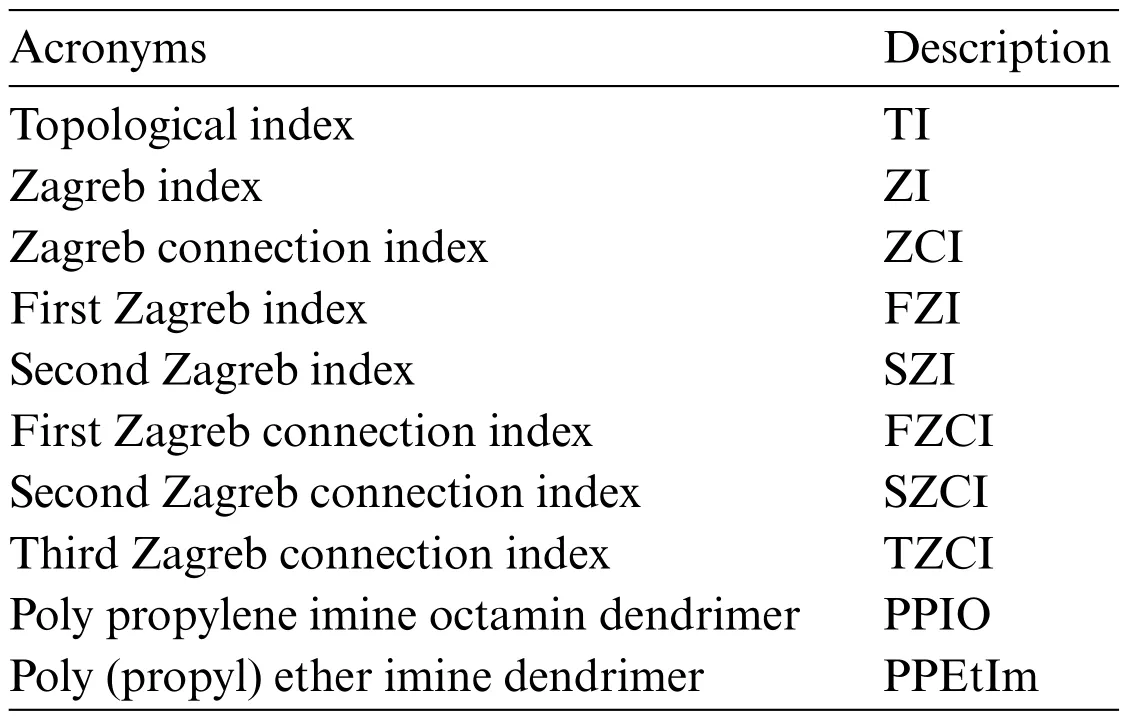
Table 1: List of acronyms
2 Preliminaries
This section gives some primary definitions which are helpful for the good understanding of this manuscript.
Definition 2.1.In[10]letξ=(P(ξ),Q(ξ))be a network,where P(ξ)be the vertex set and Q(ξ)be the edge set.Then,the FZI can be defined as
which can also be rewritten in the given form
Definition 2.2.In[11]for networkξ,the SZI can be defined as
Definition 2.3.In[12]for networkξ,the TZI can be given as
Third Zagreb index is also called forgotten index.
Definition 2.4.In[19]for a networkξ,the FZCIs and SZCI can be defined as
Definition 2.5.In[19]for a networkξ,the modified FZCI can be defined as
Definition 2.6.In[20]for a networkξ,the modified SZCI and modified TZCI can be given as
Now,we rewrite the above defined ZCIs.Let A be the set of all CNs and B be the set of all degrees of the vertices inξ.Then the above defines ZCIs can be written as
Definition 2.7.For a networkξ,the FZCI can be rewritten as
The SZCI rewritten as
Similarly,the modified FZCI can be rewritten as
Similarly,for the modified SZCI,we have
The modified TZCI can be rewritten as
3 ZCIs of Poly(propyl)Ether Imine Dendrimer
In this section,we calculate the ZCIs,namely,FZCI,SZCI,TZCI,modified FZCI,modified SZCI and modified TZCI,of PPEtIm dendrimer.PPEtIm dendrimer is a special type of dendrimer constructed by including an ether component as the linker and an imine component as the branching unit.It grows three-dimensionally in which the core is the oxygen element and tertiary nitrogen atoms are at the branches which are separated by eight bonds for each growth of dendrimer.Letξbe a molecular network of PPEtIm dendrimer of generationGs,wheres≥1 is the growth of the dendrimer.The construction of PPEtIm dendrimer up to five generations can be depicted in Fig.1.From Fig.1,it can be seen that the structure of PPEtIm dendrimer is comprised of one central core having eight edges and four branches.First,we state the third Zagreb connection index in the following.
Definition 3.1.Letξ=(P(ξ),Q(ξ))be a network,where P(ξ)be the vertex set and Q(ξ)be the edge set.Then,the third Zagreb connection index(TZCI)can be defined as
whereω2ξ(m) andω2ξ(n) indicate the square of the connection number (CN) of the vertexmandn,respectively.
This can also be rewritten as
Theorem 1.Letξbe a molecular network of PPEtIm dendrimer.Then FZCI,SZCI and TZCI are given in the following:
Proof.
1.Firstly,we find the cardinality of vertices and edges ofξ.The total number of edges inξmust be equal to the four times the edges in a each branch plus the number of edges in central core.One can see that central core has eight edges.Therefore,
Number of edges in each branch=(8+(2×8)+(22×8)
+···+(2s−2×8)+(2s−1×4)),
=6×2s−8.
Number of edges in all branches=4×(6×2s−8),
=24×2s−32.
Number of edges inζ=8+(24×2s−32),
=24×2s−24.
Asζis a tree,so the number of vertices must be equals to 24×2s−23.
Next,we find cardinality of those vertices which have CN 1,2 and 3 inξ.Now,we make the partition of the number of vertices on the basis of CNs.From Fig.2,we can see that there are three partitions of vertices given below.
Thus,number of vertices with connection numbers 1,2 and 3 are given as;
Now,after placing the values ofin Eq.(1),we have
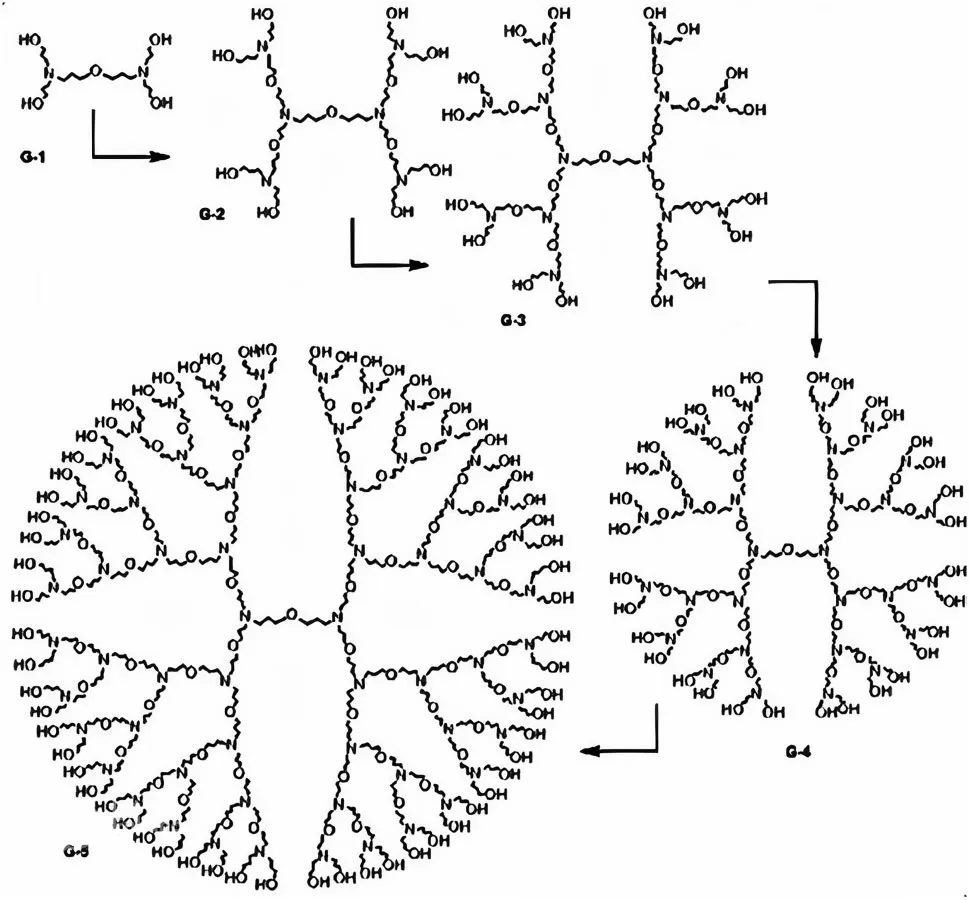
Figure 1:Chemical structural formula of PPEtIm dendrimer
2.Now,we classify the edge set ofξ.From Fig.2,we can see that there are five classes of edge set as given below
Now,
Here,we have used the following formula to find the sum of the series[32].
whereais the first term andris the common difference between two terms of the series.By placing the above calculated values in Eq.(2),we have
This proves the theorem.
Theorem 2.Letξbe a molecular network of PPEtIm dendrimer.Then modified FZCI,modified SZCI and modified TZCI are given in the following
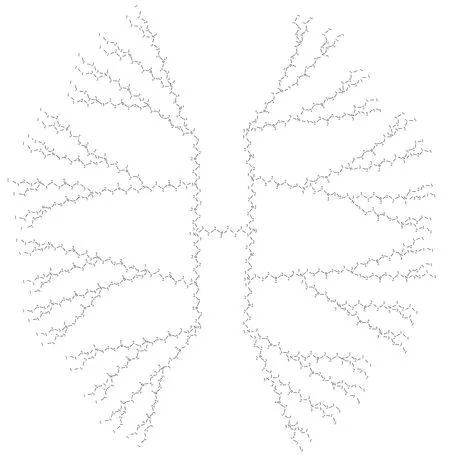
Figure 2:Structural formula of PPEtIm dendrimer for s=5 along with CNs
Proof.
1.For the proof,the readers are referred to see[33].
2.Now,we classify the edges on the basis of their degrees of incident vertices.It can be seen thatIn order to compute the modified SZCI and modified TZCI,we split the partitioned number of edges on degree basis with respect to the number of edges on connection bases.
Row 1 of Table 2 shows that there are total 2×2snumber of edgesmn∈ξin which the vertexmwith degree 1 and CN 1 is adjacent to the vertexnwith degree 2 and CN 1,i.e.,Similarly,the row 2 shows that there are total 2×2snumber of edgesmnin which the vertexmwith degree 2 and CN 1 is adjacent to the vertexnwith degree 2 and CN 2,i.e.,Similarly for the others,we have
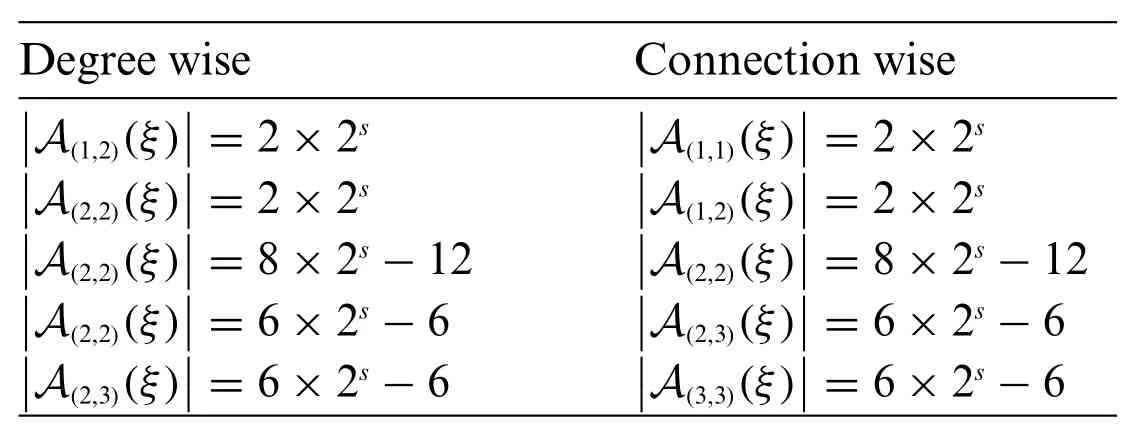
Table 2: Total number edges on degree and connection bases
After placing the calculated values ofin Eq.(4),we get
This proves the theorem.
4 ZCIs of Poly Propylene Imine Octamin Dendrimer
In this section,we find the general expressions to compute the connection-based Zagreb indices,namely,FZCI,SZCI,TZCI,modified FZCI,modified SZCI and modified TZCI of another special type of dendrimer nanostar named as,PPIO dendrimer.PPIO dendrimer grows in three dimensions and it has five bonds in the core.The structural formula of PPIO dendrimer is shown in Fig.3 for five generations.
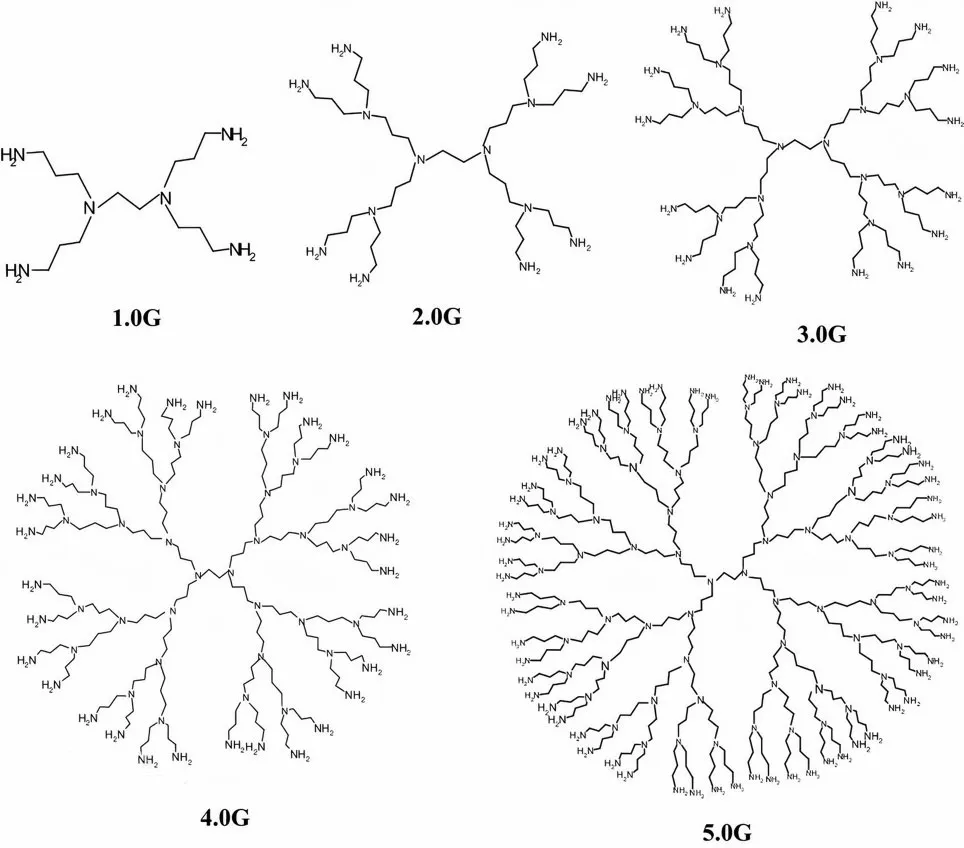
Figure 3:Structural formula of PPIO dendrimer
Theorem 3.Letξbe a molecular network of PPIO dendrimer.Then,FZCI,SZCI and TZCI are given in the following
Proof.
1.Initially,we find cardinality of edges ofξ.The total number of edges inξmust be equal to the four times of number of edges in each branch plus the number of edges in central core.It can be easily seen that central core has 5 edges.Therefore,
Number of edges in each branch=(4+(2×4)+(22×4)+···+(2s−1×4)),
=4×2s−4.
Number of edges in all branches=4×(4×2s−4),
=16×2s−16.
Number of edges inζ=5+(16×2s−16),
=16×2s−11.
Asζis a tree,so the number of vertices must be equals to 16×2s−10.
Furthermore,we find the cardinality of those vertices which have CN 1,2 and 3 inξ.
In Fig.4,we have labeled the vertices of PPIO dendrimer fors=5 with respect to their CNs.Now,by placing the values ofin Eq.(1),we get
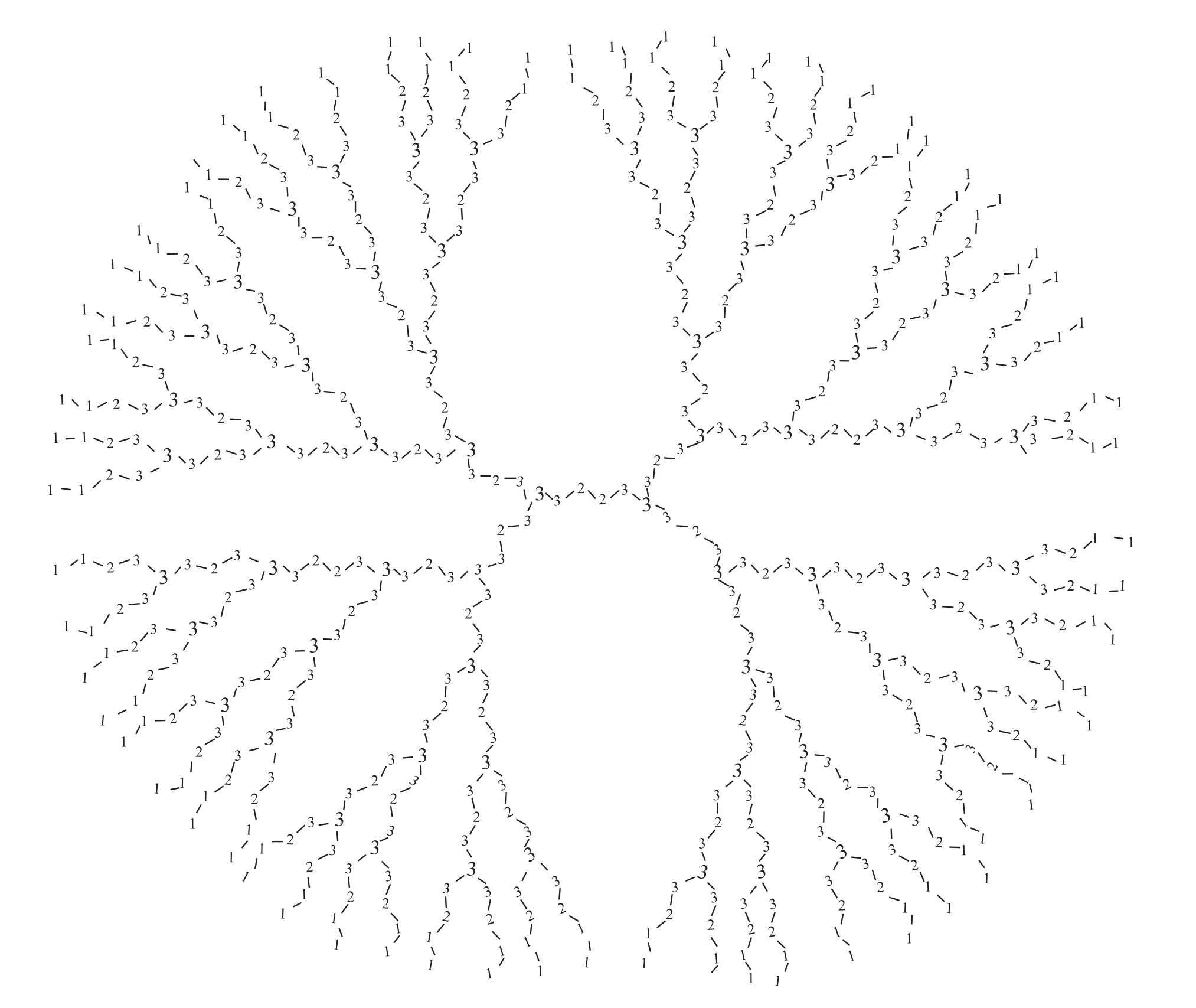
Figure 4:Structural formula of PPIO dendrimer for s=5 along with CNs
After placing the above calculated values in Eq.(2),we have
3.After placing the values ofin Eq.(6),we get
This proves the theorem.
Theorem 4.Letξbe a molecular network of PPIO dendrimer.Then modified FZCI,modified SZCI and modified TZCI are given in the following
Proof.
1.For the proof,the readers are referred to see[32].
2.Now we make the partition of the edges based on their degrees of incident vertices.It can be easily seen thatIn order to compute the modified SZCI and modified TZCI,we split the number edges on degree basis with respect to the number of edges on connection bases as shown in Table 3.
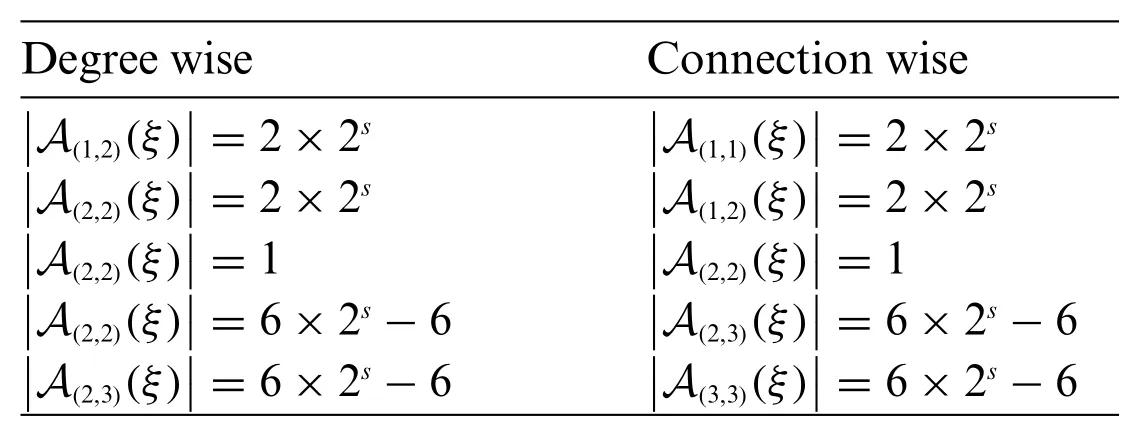
Table 3: Total number edges on degree and connection bases
Thus,we have
This proves the theorem.
5 Comparative Analysis and Concluding Remarks
The analysis of networks plays a remarkable role to conclude their fundamental topologies.TIs specified on chemical structures can assist the researchers to recognize the biological activity,chemical reactivity and physical features.Through TIs,researchers can easily predict the distinct psychochemical properties of the molecular structures.To check the superiority of consequences of this research article,we compare our computed values for two nanostars.Table 4 displays the comparison between the calculated results of PPEtIm and PPIO dendrimers.
From Table 4,it can be easily seen that PPEtIm dendrimer and PPIO dendrimer get the greatest value of TZCI(ξ).The values of defined ZCIs of PPEtIm dendrimer and PPIO dendrimer for some values ofsare given in Tables 5 and 6,respectively.
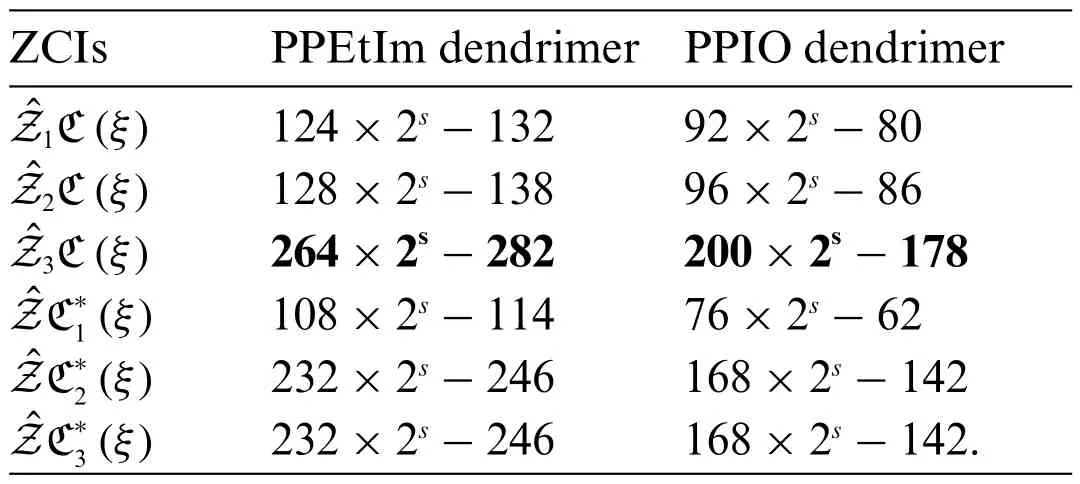
Table 4: Comparison between the value of PPEtIm and PPIO dendrimer
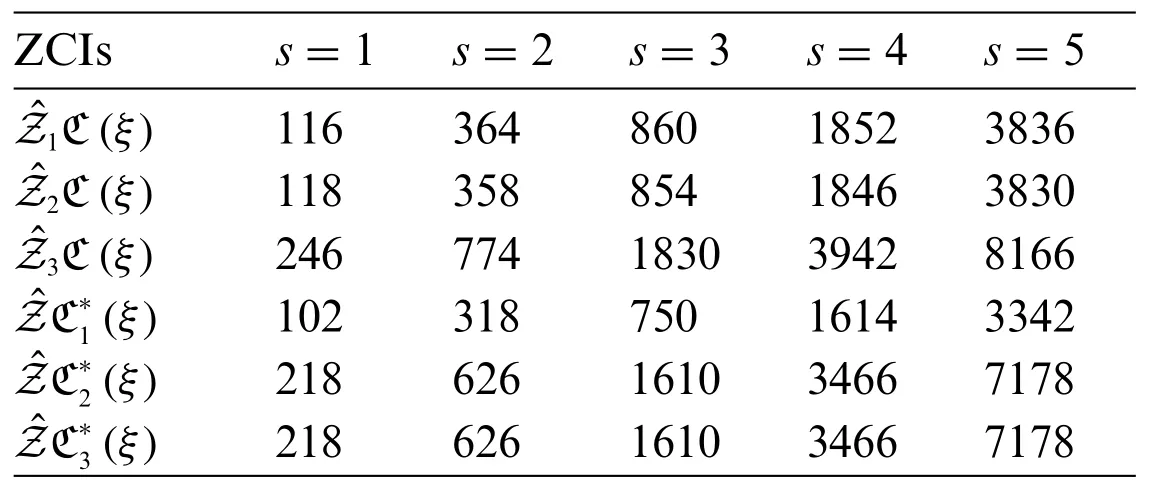
Table 5: ZCIs of PPEtIm dendrimer
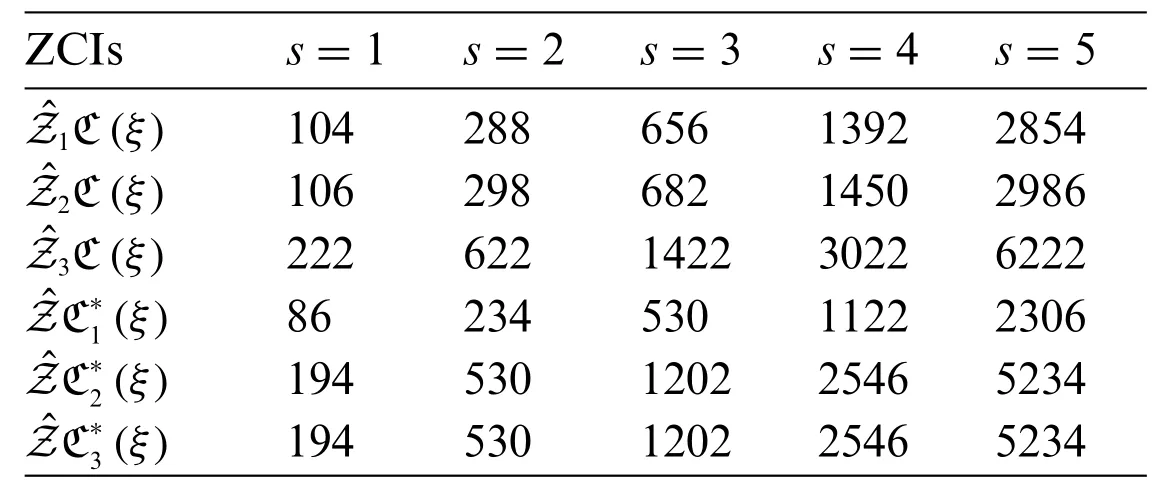
Table 6: ZCIz of PPIO dendrimer dendrimer

Figure 5:Graphical display of TZCI for PPEtIm and PPIO dendrimers
Now,we conclude our discussion with the following lines.In this manuscript,we have established the general results to compute ZCIs namely,FZCI,SZCI and TZCI of two special types of dendrimer nanostars,namely,PPEtIm dendrimer and PPIO dendrimer which will be helpful in computational chemistry to predict many physical and chemical attributes of the chemical substances.Moreover,we have computed modified FZCI,modified SZCI and modified TZCI for these dendrimers.The computed results just depend upon the value ofs≥1.Further,we have compared the calculated results for both types of dendrimers with each other.We have found that our developed TZCI gets the greatest value for both types of dendrimers.Thus,we found that TZCI is superior in preserving the psychochemical properties of these dendrimers and PPEtIm dendrimer has greater chemical applicability than PPIO dendrimer.Now,the problem is still open to computing the Zagreb connection indices for the other types of dendrimers.
Data Availability:The data used to support the findings of this study are included within this article.However,the reader may contact the corresponding author for more details on the data.
Funding Statement:The authors received no specific funding for this study.
Conflicts of Interest:The authors declare that they have no conflicts of interest to report regarding the present study.
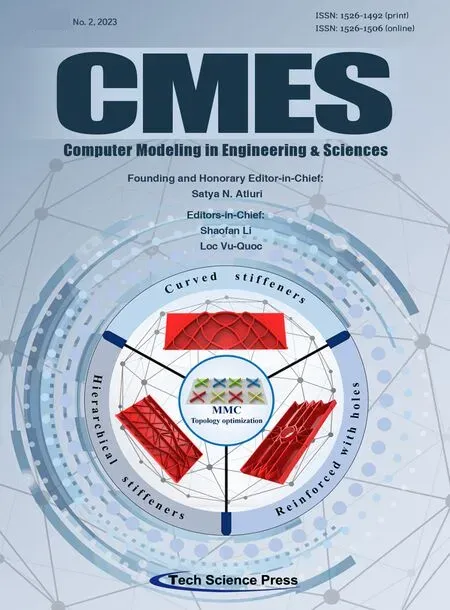 Computer Modeling In Engineering&Sciences2023年5期
Computer Modeling In Engineering&Sciences2023年5期
- Computer Modeling In Engineering&Sciences的其它文章
- Explicit Topology Optimization Design of Stiffened Plate Structures Based on the Moving Morphable Component(MMC)Method
- Towards a Unified Single Analysis Framework Embedded with Multiple Spatial and Time Discretized Methods for Linear Structural Dynamics
- Developments and Applications of Neutrosophic Theory in Civil Engineering Fields:A Review
- Surface Characteristics Measurement Using Computer Vision:A Review
- Recent Progress of Fabrication,Characterization,and Applications of Anodic Aluminum Oxide(AAO)Membrane:A Review
- Challenges and Limitations in Speech Recognition Technology:A Critical Review of Speech Signal Processing Algorithms,Tools and Systems
